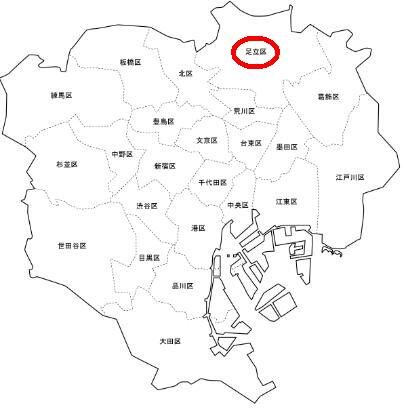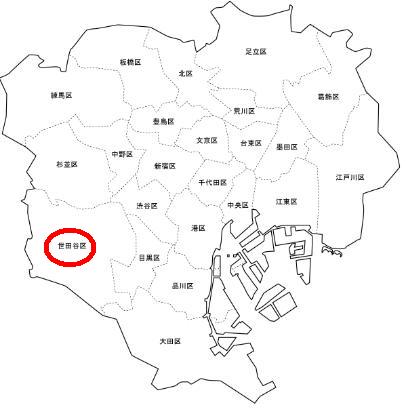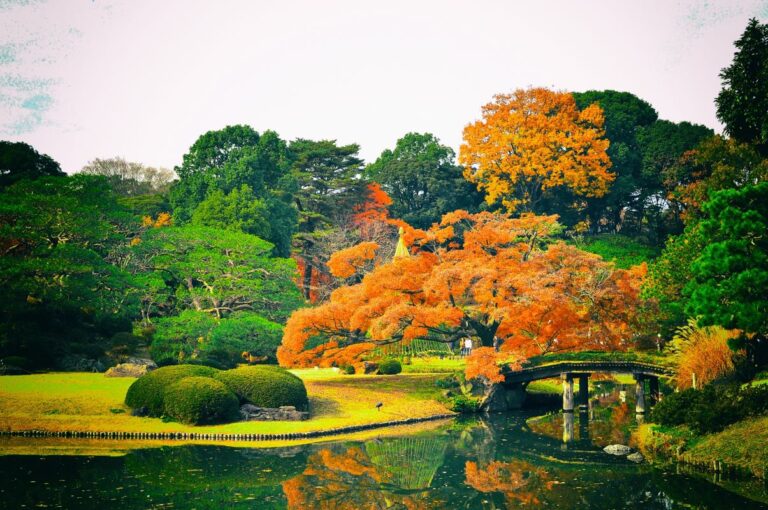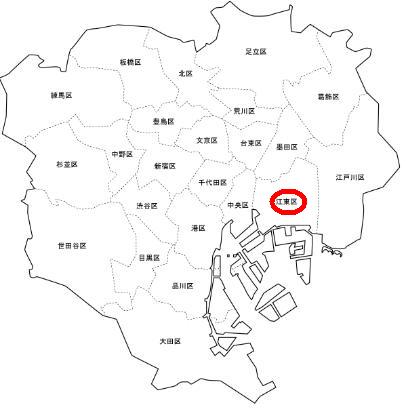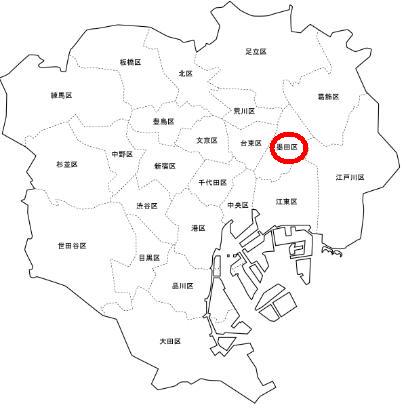
Sumida-ku is located in the northeastern part of Tokyo’s 23 wards, in the Oshiage and Narihirabashi area, where the 634-meter-high digital terrestrial broadcasting tower Tokyo Sky Tree is located.
Sumida-ku was created on March 15, 1947 by combining Mukojima-ku and Honjo-ku, and was named “Sumida-ku”.
The name is derived from “Sumi” in the name of the Sumida River bank commonly called “Sumizutsumi” and “Ta” in “Sumida River”.
Many people suggested “Sumida”, but they could not use it because the character “Sumi” was not in the miyou kanji at that time.
Ekoin Temple
2-8-10 Ryogoku, Sumida-ku, Tokyo
Kaikyoin Temple was built as a memorial to the victims of the Great Mereki Fire, one of the three major fires of the Edo period (1603-1868). It is also famous for the resting place of Jirokichi Nezumi, a young boy who was a righteous rebel. The precincts of Kaikyo-in Temple were crowded with sumo wrestlers, and the temple was the birthplace of sumo and dedicated to Rikizuka, a mound of sumo wrestlers.
Edo Tokyo Museum
1-4-1 Yokoami, Sumida-ku, Tokyo
The Edo Tokyo Museum is a building almost as tall as the Edo Castle keep. It collects, preserves and exhibits materials related to the culture of Edo and Tokyo history. Several items in the collection have been designated as national important cultural properties. The branch museum, Edo-Tokyo Open Air Architectural Museum, is located in Koganei Park, a famous cherry blossom viewing spot.
Oyokogawa Shinsui Koen Park
Sumida-ku, Tokyo Oyoko River (Kita Juma River – Katagawa River)
Oyokogawa Water Park is a water park developed by reclaiming the Oyokogawa River. The total length of the park is about 1,800 meters and the area is about 64 square meters. There is a boat-shaped park office at the Narihira Bridge corner of the Kitajyumen River. The slide from the boat to the ground is a popular spot.
Mukojima Hyakkaen
3-18-3 Higashimukojima, Sumida-ku, Tokyo
Mukojima Hyakkaen is a metropolitan garden that originated in the Edo period. The name “Hyakkaen” comes from a classical Japanese phrase meaning “a garden where a hundred flowers bloom in all four seasons. The garden is called Shin-ume-yashiki (New Plum House) or Hanayashiki (Flower House), and many wild flowers are planted in the garden. The garden is especially famous for its plum blossoms in spring and the seven flowers and bush clovers in autumn, and is designated as a national historic site and a place of scenic beauty. The shrine is dedicated to Fukurokuju, one of the seven gods of good fortune of the Sumida River.

